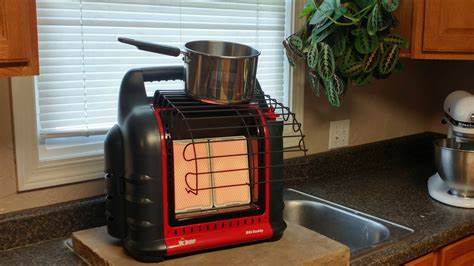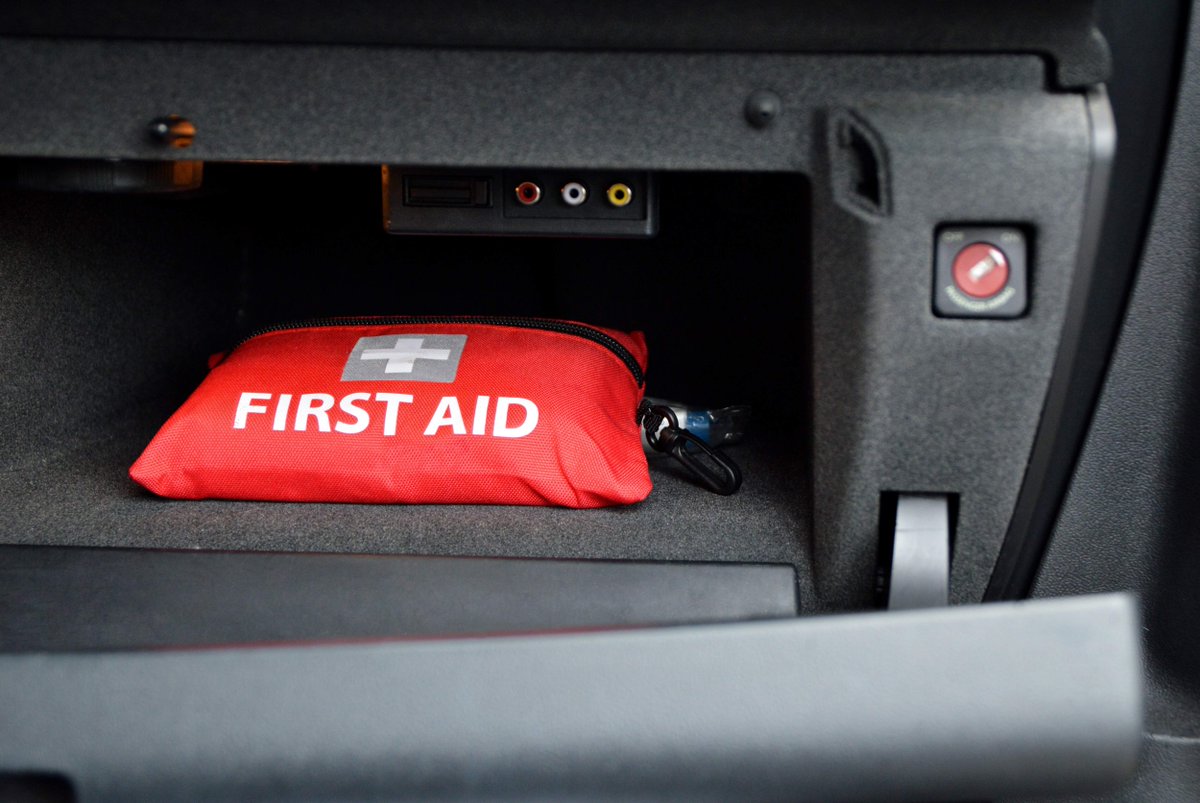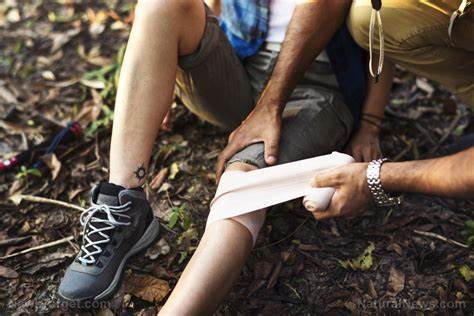Living without electricity, whether due to a power outage, camping, or an emergency, doesn’t mean you have to eat cold, raw food. Many practical and effective methods exist for cooking food without electricity. This guide will explore various options, from simple no-cook meals to robust outdoor cooking solutions.
Why Learn to Cook Without Electricity?
Knowing how to cook food without electricity is a valuable skill for several reasons:
- Emergency Preparedness: Power outages can last hours or even days. Having alternative cooking methods ensures you can feed your family.
- Camping and Outdoor Activities: Enjoy hot meals in nature without relying on modern conveniences.
- Off-Grid Living: For those seeking a sustainable lifestyle, these methods are essential.
- Cost Savings: Some methods can be more economical than electric appliances.
Pre-Requisites: Safety First!
Before attempting any of these methods, prioritize safety:
- Ventilation: If using any fuel-burning device indoors (like propane stoves or indoor fireplaces), ensure adequate ventilation to prevent carbon monoxide poisoning. Use a carbon monoxide detector.
- Fire Safety: Keep a fire extinguisher or a bucket of sand/water nearby when cooking with open flames.
- Stable Surface: Always cook on a stable, non-flammable surface away from anything that can catch fire.
- Fuel Storage: Store fuels like propane, charcoal, or wood safely and according to manufacturer guidelines.
Methods for Cooking Food Without Electricity
Here are several effective ways to cook food without electricity, categorized by their primary heat source.
- Propane/Butane Stoves (Portable Gas Stoves)
These are arguably the most convenient and popular options for temporary power outages and camping. They are essentially miniature versions of gas stovetops.
How to Use:
- Fuel Source: Connect a small propane cylinder (e.g., 1 lb) or butane canister to the stove as per the manufacturer’s instructions.
- Ignition: Turn the control knob to release gas, then use the built-in igniter or a long lighter/match to light the burner.
- Cook: Place your pot or pan on the grate and cook as you would on a regular stovetop.
- Extinguish: Turn the control knob to the “off” position when done.
- Ventilation: If used indoors, ensure a window is open or a fan is running. Never use a propane grill or a large outdoor propane burner indoors.
Pros: Fast, controllable heat, relatively clean.Cons: Requires fuel canisters, which can be bulky to store in large quantities.
- Charcoal Grills (Outdoor Use Only)
Your backyard charcoal grill isn’t just for barbecues; it’s a versatile tool for cooking food without electricity during an outage.
How to Use:
- Setup: Place the grill on a stable, level, non-flammable surface, far from any structures or flammable materials.
- Charcoal Ignition: Place charcoal briquettes or lump charcoal in the grill. Use a charcoal chimney starter (recommended), lighter fluid, or fire starters to ignite the charcoal. Allow the charcoal to ash over (turn gray) for even heat, typically 15-20 minutes.
- Cooking:
- Direct Heat: Place food directly over the hot coals for grilling (steaks, burgers, vegetables).
- Indirect Heat: Push coals to one side and place food on the other side for slower cooking or roasting (whole chickens, roasts). Close the lid to trap heat.
- Temperature Control: Adjust airflow via vents (open for hotter, closed for cooler). Add more charcoal for longer cooking.
- Extinguish: Close all vents to starve the coals of oxygen. Do not use water on hot coals as it can create a steam explosion and damage the grill.
Pros: Great for grilling, imparts a smoky flavor.Cons: Produces smoke and carbon monoxide (must be used outdoors only), takes time to heat up, messy.
- Wood Fires (Outdoor Use Only)
The oldest method of cooking food without electricity is over a wood fire. This can be done in a fire pit, a designated outdoor cooking area, or even a safe, contained campfire.
How to Use:
- Fire Pit/Area: Build a safe fire pit away from structures, trees, and anything flammable. Clear the area of dry leaves and debris.
- Fuel: Use dry, seasoned firewood. Smaller kindling and tinder help start the fire.
- Building the Fire: Build a tepee or log cabin style fire. Light the tinder, gradually adding kindling, then larger logs as the fire grows.
- Cooking Methods:
- Grates: Place a metal grate over the coals (not directly in the flames) for grilling.
- Dutch Oven: Place a cast iron Dutch oven directly into the coals or hang it over the fire. You can also place coals on the lid for even heating.
- Foil Packet Cooking: Wrap food in heavy-duty aluminum foil packets and place them directly in the coals.
- Skewer/Stick Cooking: Roast food on skewers or sticks over the flames (hot dogs, marshmallows).
- Temperature Control: Move food closer to or further from the coals, or adjust the amount of wood. Coals provide more consistent heat than active flames.
- Extinguish: Douse the fire completely with water, stir the ashes, and then add more water until everything is cool to the touch.
Pros: Abundant fuel source in many areas, rustic experience, versatile.Cons: Requires significant safety precautions (outdoor use only), takes skill to manage heat, smoky.
- Rocket Stoves
A rocket stove is a highly efficient, small, portable wood-burning stove designed for outdoor cooking. They use small twigs, branches, or biomass as fuel and create a powerful, concentrated flame.
How to Use:
- Setup: Place the rocket stove on a stable, non-flammable surface outdoors.
- Fuel: Feed small pieces of wood or biomass into the fuel chamber.
- Ignition: Light the fuel. The design of the stove creates a strong draft, pulling air in and rapidly heating up.
- Cook: Place a pot or pan on the top grate. The concentrated heat quickly boils water or cooks food.
Pros: Extremely fuel-efficient, uses readily available small biomass, heats quickly, portable.Cons: Still requires outdoor use, requires constant feeding of small fuel pieces.
- Solar Ovens
Solar ovens use the sun’s energy to cook food without electricity. They are slow but effective and completely silent and safe.
How to Use:
- Assembly/Setup: Set up your solar oven (box cooker, panel cooker, or parabolic cooker) in a sunny location.
- Food Placement: Place food in dark, lidded pots or directly in dark baking dishes inside the oven. Dark colors absorb more heat.
- Orientation: Angle the solar oven directly towards the sun. Adjust its position every 30-60 minutes to track the sun.
- Cooking: Cooking times are significantly longer than conventional ovens. A pot of rice might take 1-2 hours, while larger dishes could take 3-5 hours or more, depending on sun intensity.
- Check Temperature: Use a thermometer if possible to ensure food reaches safe cooking temperatures.
Pros: Completely silent, no fuel required, environmentally friendly, safe (no open flame or fumes).Cons: Dependent on clear sunlight, slow cooking times, not suitable for night cooking or cloudy days.
- Hay Box Cookers (Retained Heat Cooking)
A hay box cooker, also known as a wonder box or thermal cooker, isn’t a heat source itself but an insulator. It works by retaining heat from partially cooked food, allowing it to finish cooking slowly and gently.
How to Use:
- Partial Cooking: Bring food (e.g., stew, soup, rice) to a boil on a propane stove, wood fire, or even a hot plate (if you have residual heat). Boil for a few minutes.
- Transfer: Immediately transfer the tightly lidded pot into the hay box (an insulated box filled with hay, blankets, or towels).
- Insulate: Pack the insulating material tightly around the pot, ensuring minimal air space. Close the box.
- Retained Cooking: The trapped heat will continue to cook the food slowly over several hours. This method is great for tough cuts of meat or dishes that benefit from slow simmering.
Pros: Saves fuel, prevents scorching, keeps food warm for hours, very safe once transferred.Cons: Requires an initial heat source, slow cooking times.
- Indoor Fireplace/Wood Stove
If you have a functional fireplace or wood stove in your home, it can be used for cooking food without electricity during a power outage.
How to Use:
- Cleanliness: Ensure your chimney is clean and free of creosote buildup.
- Fire Building: Build a fire as you normally would.
- Cooking Methods:
- Grates: Place a cast iron skillet or pot on a sturdy metal grate over the coals.
- Hanging Pots: Use a fireplace crane to suspend pots over the flame.
- Baking: Place a Dutch oven directly into the coals for baking (e.g., bread, casseroles).
- Foil Packets: Place foil-wrapped food directly in the ashes or coals.
- Safety: Use heat-resistant gloves. Ensure proper ventilation and a carbon monoxide detector.
Pros: Warmth for the home, can handle large pots.Cons: Requires a dedicated fireplace/wood stove, messy, can be difficult to regulate temperature precisely.
- No-Cook Meals
Sometimes, the simplest solution is the best. Having a supply of no-cook foods is crucial for immediate needs during an outage.
Examples:
- Canned goods (tuna, chicken, beans, vegetables, fruits – with a manual can opener)
- Peanut butter and jelly
- Bread, crackers, tortillas
- Hard cheeses
- Dried fruits and nuts
- Granola bars, protein bars
- Ready-to-eat cereals (with shelf-stable milk)
- Fresh fruits and vegetables (if you have refrigeration or consume quickly)
Pros: Zero equipment needed, quick and easy.Cons: Limited variety, might not provide hot food comfort.
Essential Supplies for Electricity-Free Cooking
To effectively cook food without electricity, consider gathering these supplies:
- Manual Can Opener: Absolutely essential for canned goods.
- Matches/Lighters: Long-stemmed ones are safest.
- Fuel: Propane canisters, charcoal, firewood, kindling, fire starters.
- Cast Iron Cookware: Excellent for retaining and distributing heat on various heat sources.
- Heavy-Duty Aluminum Foil: For foil packet cooking.
- Heat-Resistant Gloves/Potholders: For handling hot items.
- Thermometer: To ensure food reaches safe internal temperatures.
- Water: For cooking and cleanup.
- Manual Coffee Grinder/French Press: If coffee is a priority!
By preparing for different scenarios and understanding these diverse methods, you can confidently cook food without electricity, ensuring you and your family can enjoy warm, nourishing meals no matter what.






